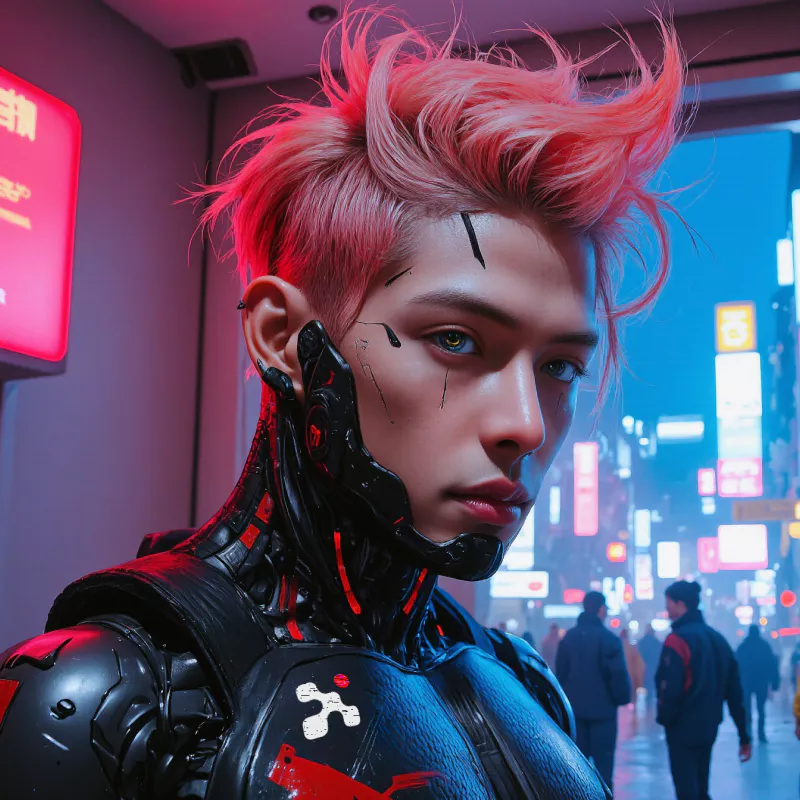Acquiring good taste
 jenxi.com
jenxi.com Vision alchemist crafting strategic innovation & AI adoption. Bridging startups to China's ecosystem advantage. Building a cyberbrain. Registered pharmacist × Brand strategist × Storyteller
The latest blog post by Shawn Blanc reminded me of what it takes to be good at what you do. The movie Jiro Dreams of Sushi highlights the importances of having good taste.
If you haven’t seen the movie, you should, especially if you appreciate being dedicated and good at what you do. The documentary talks about the philosophy of sushi master Jiro Ono and his Michelin three-star sushi restaurant, Sukiyabashi Jiro. His words resonate strongly with me. And the documentary has opened my eyes to what it means to be dedicated in one’s craft.
Shawn quoted one of my favourite advice from Jiro:
“In order to make delicious food, you must eat delicious food. The quality of ingredients is important, but one must develop a palate capable of discerning good and bad. Without good taste, you can’t make good food. If your sense of taste is lower than that of the customers how will you impress them?”
Jiro Ono
Photography
This applies in my main passion, photography. To be able to develop a taste of what good photography is, you need to immerse yourself in good photos. Study the works of the masters. Look at both good and bad photos. When you look at enough bad photos, you learn what makes them bad and avoid the same pitfalls.
I get asked how I developed my taste in photography. The answer is simple: I go through hundreds of photos daily. My curation of photos that I like is constantly improving. That said, I believe I’m only at the start photography education. But I’m doing enough to be able to discern the good and bad. “Without good taste, you can’t make good food.” Likewise, you need to develop good taste in photography to be able to make good photos.
The appalling works of certain self-proclaimed photographers is evidence of a lack of good taste. But they are able to make a living because there are people out there who share the same bad taste and are willing to pay good money for those photos. I have learnt that we can’t argue with supply and demand. We can only continue to make good art.
Writing
This topic also reminds me of this advice from Stephen King that I recently came across:
Read, read, read. You have to read widely, constantly refining (and redefining) your own work as you do so. If you don’t have time to read, you don’t have the time (or the tools) to write.
Stephen King
The same mantra applies: Read more to be able to write better.
“I always advise children who ask me for tips on being a writer to read as much as they possibly can. Jane Austen gave a young friend the same advice, so I’m in good company there.”
J K Rowling
I used to be an avid reader. I was going through a novel every two to three days and churning out thousands of words daily. Reading inspired me to write. And writing made me want to read more. When you start to write, you realise you lack knowledge regarding certain specific fields or you stumble into a writer’s block. By reading, you learn more so you can write believable stories. And sometimes the best remedy to a writer’s block is to simply throw yourself into a world that another writer built. I would often throw my characters into those worlds and play with how they would fit in.
If you like fantasy and you want to be the next Tolkien, don’t read big Tolkienesque fantasies—Tolkien didn’t read big Tolkienesque fantasies, he read books on Finnish philology. Go and read outside of your comfort zone, go and learn stuff.
Neil Gaiman
When my reading time dwindled with increasing academic and social commitments, my writing dried up as well. For the past year, I have been slowly easing myself back into reading, mostly non-fiction books. When I started to write regularly, could not fight the urge to dive back into fiction and read voraciously.
Drawing
It seems almost inevitable that I would develop a love for drawing. My father is an artist who specialises in oil painting. His artistic inclination has certainly rubbed off on me. It also helped that he created a conducive environment for me to explore my creativity when I was a kid. I started drawing at a tender age of two. A lot of my sketches from then are well preserved.
I subscribe to the ImagineFX magazine for my monthly dose of inspiration from the best fantasy and sci-fi artists. Yes, you guessed it. This is how I improve my taste in this genre of digital art.
What is your passion? Take a step back and think of how you can improve yourself in your area of interest with Jiro’s philosophy.